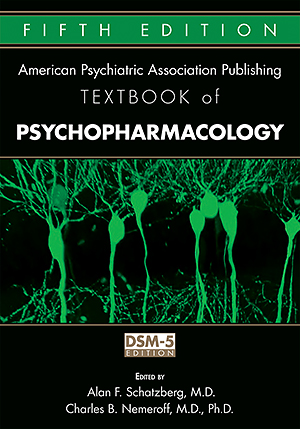Sections
Excerpt
Psychiatric emergencies occur in many different situations and settings. While often managed in specialized crisis stabilization units, psychiatric emergencies occur in other locations, such as general medical/surgical units, outpatient clinics, general emergency departments, and other, nonclinical areas. The effective practice of emergency psychiatry requires a broad range of knowledge and clinical skills, including general and psychosomatic medicine, behavioral neurology, psychopharmacology, individual and family psychotherapy, and addiction medicine. In addition, a basic knowledge of forensic and legal issues is essential. With recent large-scale changes in mental health care delivery, including deinstitutionalization and downsizing of inpatient mental health facilities, the role of an emergency psychiatrist has expanded dramatically. These changes impact not only psychiatric facilities but also general emergency medicine departments, with at least 6.3% of all emergency room visits being for psychiatric issues (Larkin et al. 2005). There were on average 420,000 emergency room visits per year for attempted suicide and self-injurious behaviors between 1993 and 2008. Ominously, the annual number of ED visits for suicide-related behaviors more than doubled from 1993–1996 (244,000/year) to 2005–2008 (538,000/year) (Ting et al. 2012). This trend continues unabated; the Centers for Disease Control and Prevention (2015) reports that there were 836,000 emergency department visits for self-inflicted injury in 2011.
Access content
To read the fulltext, please use one of the options below to sign in or purchase access.- Personal login
- Institutional Login
- Sign in via OpenAthens
- Register for access
-
Please login/register if you wish to pair your device and check access availability.
Not a subscriber?
PsychiatryOnline subscription options offer access to the DSM-5 library, books, journals, CME, and patient resources. This all-in-one virtual library provides psychiatrists and mental health professionals with key resources for diagnosis, treatment, research, and professional development.
Need more help? PsychiatryOnline Customer Service may be reached by emailing [email protected] or by calling 800-368-5777 (in the U.S.) or 703-907-7322 (outside the U.S.).



